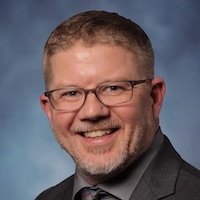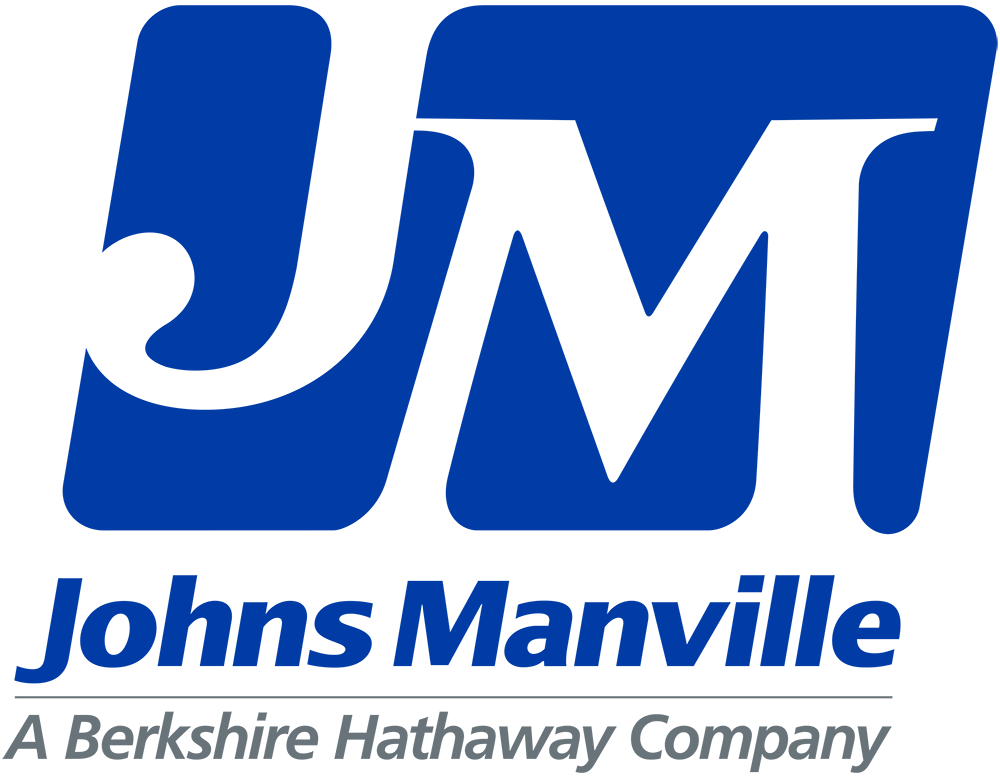Insulation Systems as a Design Element
Learning Objectives:
- Describe the risks associated with painting insulation materials in order to meet aesthetic design requirements.
- List the differences between available materials that offer both aesthetic appeal and thermal and/or acoustical control.
- Specify which materials are ideal for exposed ceilings.
- Explain how insulation can improve office spaces for building occupants.
Credits:
This course is approved as a Structured Course
This course can be self-reported to the AANB, as per their CE Guidelines
Approved for structured learning
Approved for Core Learning
This course can be self-reported to the NLAA
Course may qualify for Learning Hours with NWTAA
Course eligible for OAA Learning Hours
This course is approved as a core course
This course can be self-reported for Learning Units to the Architectural Institute of British Columbia
As design trends shift toward larger spaces with exposed ceilings, piping, and HVAC systems, many architects and designers are challenged to find ways to insulate these spaces so they meet code without losing the aesthetic appeal of the original design. Learn about the materials that are available that can help control acoustics, improve building efficiency, and even offer improved functionality in the space for building occupants. This webinar will cover materials that are designed to be left exposed, help target and control acoustics, and contribute to an improved visual and acoustical experience for the building occupants.


|
Sean Reynolds is the Market Development Manager (MDM) for Johns Manville in the Pacific Northwest for HVAC and Mechanical insulation materials. He is based in Seattle, and his territory covers Washington, Oregon, Idaho, Western Montana, and Alaska. He has five years of experience in mechanical and HVAC insulation. Sean holds his degree in architecture from UC Berkeley. |

|
Mike Cagle is the OEM Market Leader responsible for the Office Interiors and Specialty portfolios at Johns Manville. Mike joined Johns Manville in 1987, and has a wide range of experience in engineering, quality, R&D and operations. During his career at Johns Manville he has held various positions in all three of JM’s major business groups. He has a Bachelor of Science degree in Petroleum Engineering from the Colorado School of Mines and a Masters of Business Administration from the University of Colorado at Denver. |
 |
Johns Manville, a Berkshire Hathaway company, is a leading manufacturer and marketer of premium-quality products for building insulation, mechanical insulation, commercial roofing and roof insulation, as well as fibers and nonwovens for commercial, industrial and residential applications. JM serves markets that include aerospace, automotive and transportation, air handling, appliance, HVAC, pipe and equipment, filtration, waterproofing, building, flooring, interiors and wind energy. In business since 1858, the Denver-based company has annual sales over $3 billion and holds leadership positions in all of the key markets that it serves. Johns Manville employs 8,000 people and operates 42 manufacturing facilities in North America, Europe and China. Additional information can be found at www.jm.com. |












